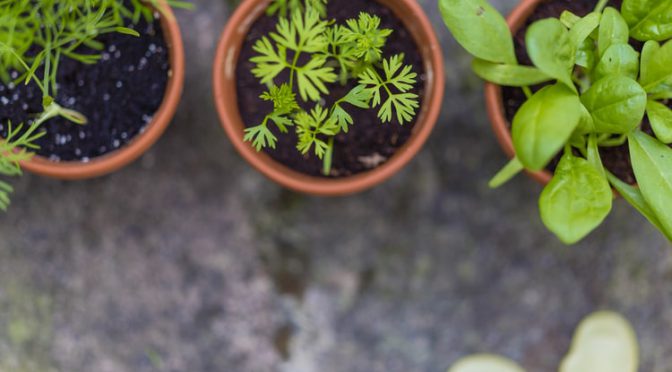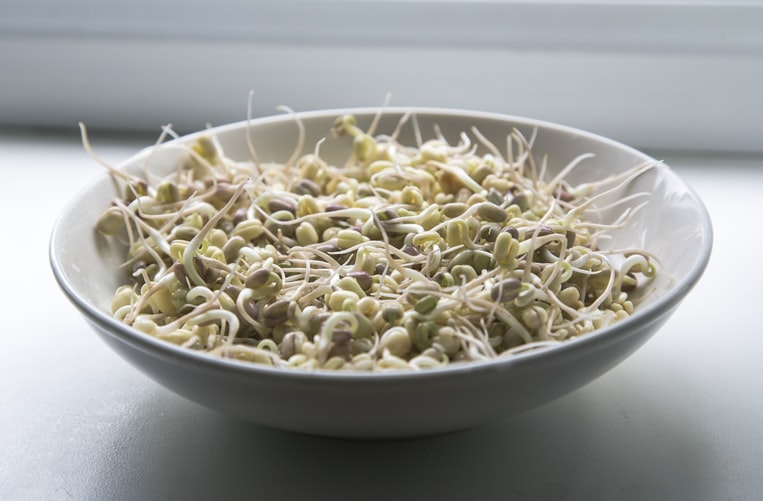This year we’re seeing many folks trying gardening for the first time or expanding gardens they already tend. We’re hoping we can get some more folks saving seed too! Whether you’re a backyard gardener or farmer here are 10 reasons you should try to save some seed this year.
Preserve Genetic Diversity
In recent years, the keeping of seeds and preservation of varieties has largely left the hands of farmers and gardeners. Seeds have become the domain of just a few big companies. These companies focus their attention on just a few varieties of each crop. As farmers and gardeners stop saving seed we lose more and more varieties.
Why is this important? While we love all of our open-pollinated and heirloom varieties for many reasons, like flavor, beauty, and frost resistance, just to name a few, we also know we might really need a variety’s particular traits someday.
Take Gourdseed Corn as an example. It was almost lost, virtually disappearing by the 1960s as interest in hybrid corn grew. However, recently discovered surviving varieties have shown important disease resistance most notably to southern leaf blight.
Save Money
Seeds aren’t the most expensive purchase in the world but they can add up fast if you’ve got a large garden. Saving at least a few of your favorite varieties can save you some cash each year. Plus, you might find a seed swap where you can trade for a few other varieties as well.
Connect with Your Ancestors
If you’ve got older gardeners in the family you may be able to save seed from something they’ve been growing for years. Thanks to the internet you can also find heirlooms that were developed in regions you’re ancestors are from no matter where you currently reside.
Even if you don’t know who you’re ancestors were or what they grew, growing some of your own food provides a living tie to history. You can also start a new tradition with an open-pollinated variety, handing seed down to your children.
Become More Self Reliant
In troubled times many people desire to become more self-reliant. Saving seed is a great skill to develop!
Learn About Nature
Taking your crops through a full life cycle can be a great learning experience, especially for kids.
Did you know that not all common garden crops produce seed during their first year of growth? Check out this post to learn about biennials (plants that produce seed the second year).
Adapt Seeds to Your Garden
When you save seeds from your best plants each year you’re gradually making improvements. Future seeds will be more adapted to grow in your particular climatic and soil conditions.
Help Pollinators
Saving seed means that more plants in your garden will be allowed to flower. Many plants that are fairly easy to save seed from like lettuce, radish, and basil are pollinator favorites!
Reclaim Rights to Open Pollinated Seeds
When you save and share seed you’re helping to support everyone’s right to save and grow seeds and breed plants. Learn more about this over at the Open Source Seed Initiative.
Create New Varieties
Once you get a handle on seed saving, you can try your hand at creating varieties of your own!
Control Your Food Supply
When you save seed and start your own plants you know exactly what’s going into them. It’s great for organic farmers and gardeners.
Want to learn more about seed saving?
We are beginning to design an online class on seed saving. Please check out this quick survey we put together about this potential seed saving class. If enough people respond, we will make it happen!

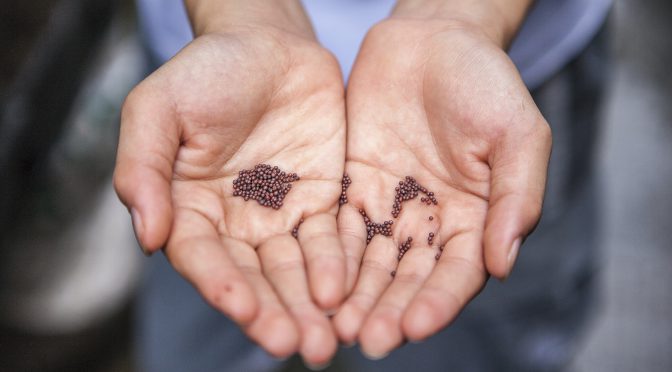
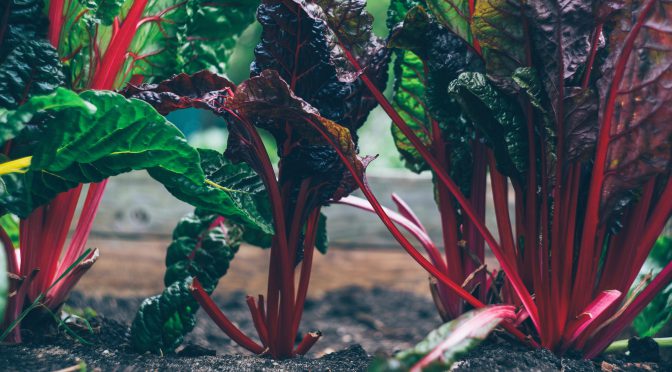
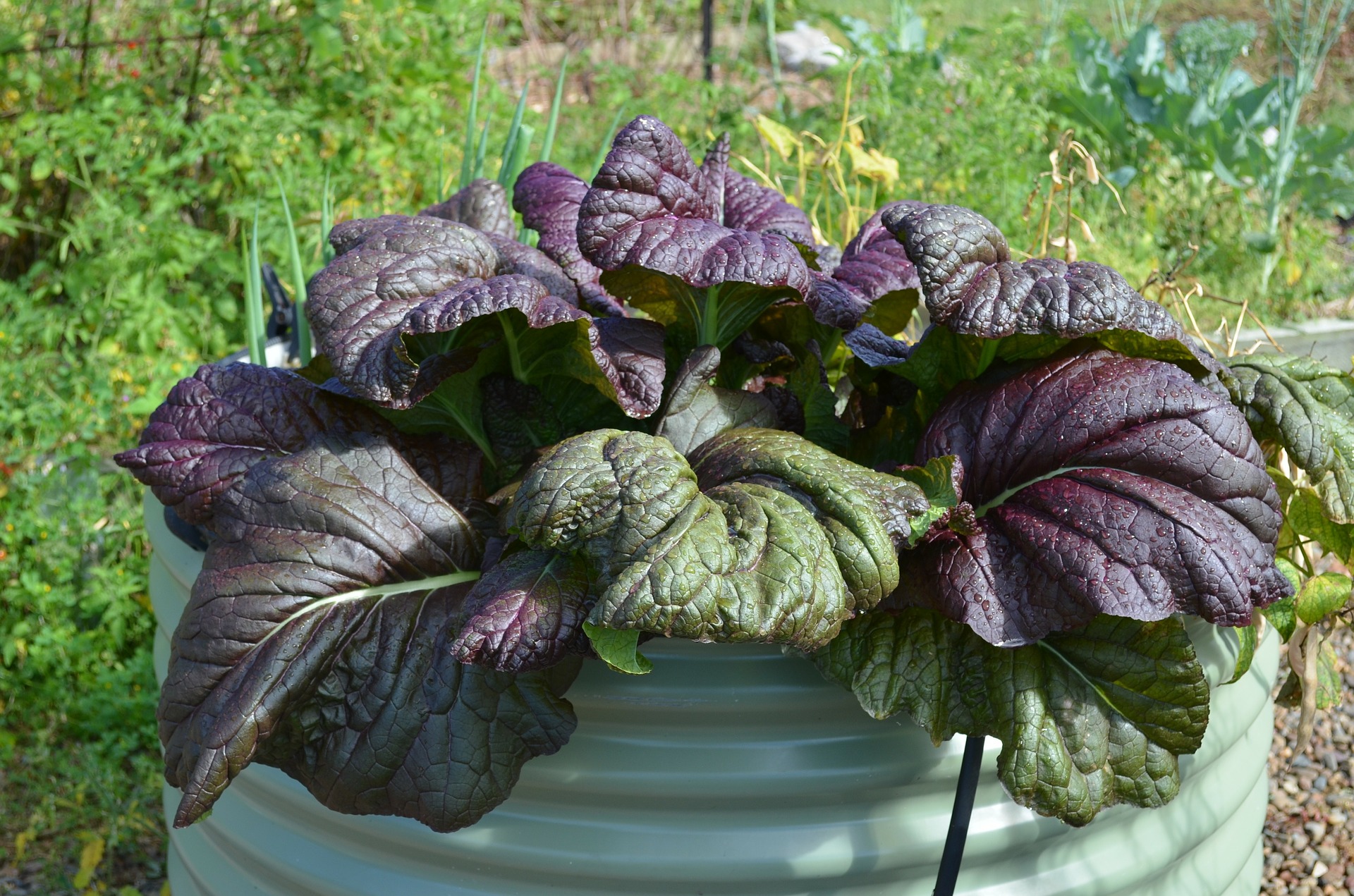 You may be wondering what is the most important tool for gardening? We have come to the conclusion that having a
You may be wondering what is the most important tool for gardening? We have come to the conclusion that having a 